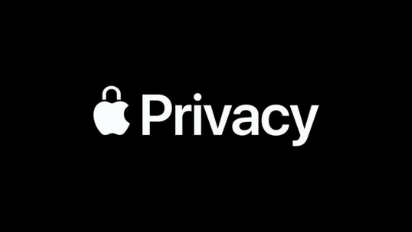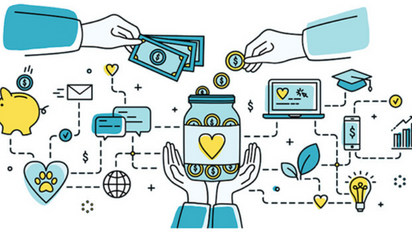The Latest
Acquisition strategies get a lot of attention. Every organization wants to see their donor list grow. However, increasing your organization’s total number of donors is only one part of a successful fundraising strategy.
Thriving nonprofits have one major thing in common: an acute ability to turn existing data into a goldmine.
Knowing how to maximize your existing data will do wonders for your organization’s growth. Yes, doing so requires extensive planning, robust data analysis techniques, and a comprehensive understanding of how to make the most of your data. However, with the right information and the right tactics, your organization can go from barely treading water to powerfully swimming—without relying solely on the high cost of acquisition.
Essential data your organization should collect
Before we dive into how to effectively use your data, it’s important to know how to collect the right data to analyze. While this sounds obvious, data collection has a tremendous impact on the success of your organization’s future fundraising efforts.
There are eight essential nonprofit fundraising data points that you should collect:
- Name
- Contact information (phone, email, and address)
- Donation amount
- Donation channel
- Donation source segment
- Donation receipt date
- Donation frequency
- Preferred communication method
As you continue to gather this information, you’ll develop a robust data file from which you can determine other important data. You’ll also be able to employ predictive analytics to identify key trends and forecast future behavior.
Some information that can be determined or predicted based on your existing data includes:
- Total number of donors
- Lifetime Value (LTV)
- Highest average gift segments
- Average gift size growth
- Donation channel performance (mail versus email versus online)
- Donation growth
- Donor retention
If you collect the data outlined above, you’ll be amazed not only at how much it can reveal, but also at how transformative it can be for your fundraising strategy.
For example, when digging into the existing data of a moderately-sized nonprofit, we unearthed information that led to the organization’s most successful fundraising program to date. We did this in three major steps.
First, we looked at donors’ previous gift size history to better segment the audience, inform future asking levels, and optimize direct response copy. Upon our initial assessment, we discovered that donors without emails on file had the highest average gift of any other segment. We then dug deeper, finding that those with an email address gave significantly more over the course of their lifetime. And lastly, to understand why donors with email addresses on file had a higher LTV, we analyzed their donation frequency and channel. We ultimately concluded that these donors made more frequent and recurring donations, most of which were made online. This fresh perspective on the audience segments enabled us to catapult the nonprofit’s fundraising program to new heights.
Moral of the story: having the right data is a game changer. If you’re not already collecting the data outlined above, start as soon as possible. Adding a field to your direct mail reply forms or driving donors to an online portal where they can fill out an easy form will do wonders for your organization’s fundraising strategy and overall health.
How to unlock the power of your fundraising data
Once you accumulate your goldmine of information, how are you going to turn it into a renewed source of revenue?
Here are three steps to maximize the power of your existing data, increase giving, and expand your organization’s impact.
- Segment your donors. Grouping your donors based on data points—average gift size, donation channel, preferred communication method, etc.—will allow you to engage with each group on a more personal level and drive a stronger response. As your donor list grows and evolves, analyze your data for philanthropic indicators such as past giving and relationship to your cause—these generally indicate higher levels of giving.
- Prioritize each segment. Next, consider your KPIs against data segments to uncover patterns, including timing of donations, preferred donation channels, and ask levels. You may find that different segments are optimized with different levels of investment, so evaluate your contact frequency based on each segment’s annual performance to make the most of your budget.
- Create a fresh nonprofit fundraising strategy. Use your findings to develop a revitalized fundraising strategy that is sure to increase responses and increase giving. For example, once you know that a certain segment responds best to specific types of asks and ask levels, you can use that information as the foundation of that group’s next campaign.
You likely already have all the data you need at your fingertips. Make sure you identify the right information and use it to craft a fundraising strategy steeped in data-backed facts, as doing so is a surefire way to launch your organization to the next level.
Looking for more information?
Want to learn more about how data can give your organization a boost? Contact us at info@thelukenscompany.com to see how we can help unlock the power of your existing data to increase your donations, reach, and impact.





